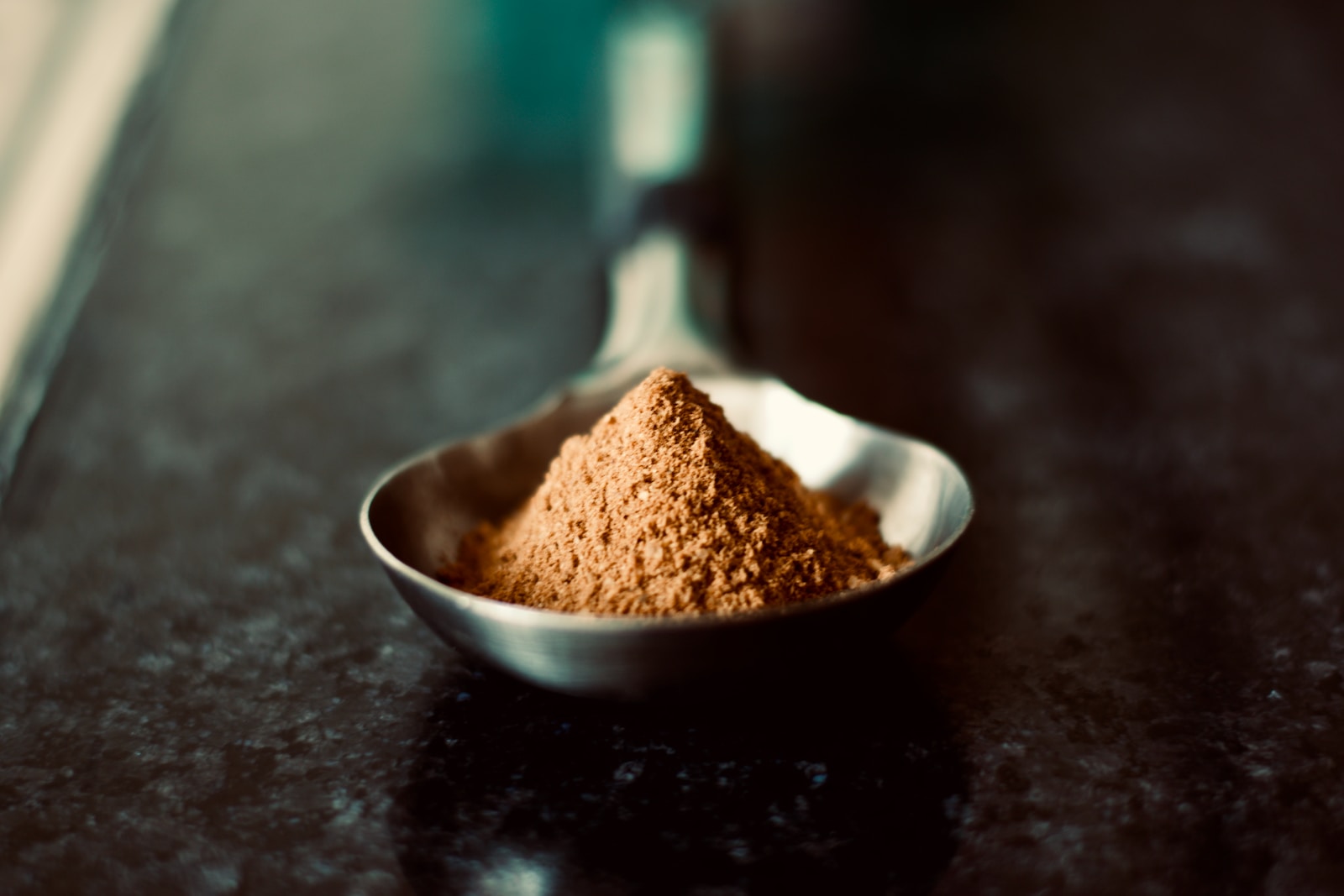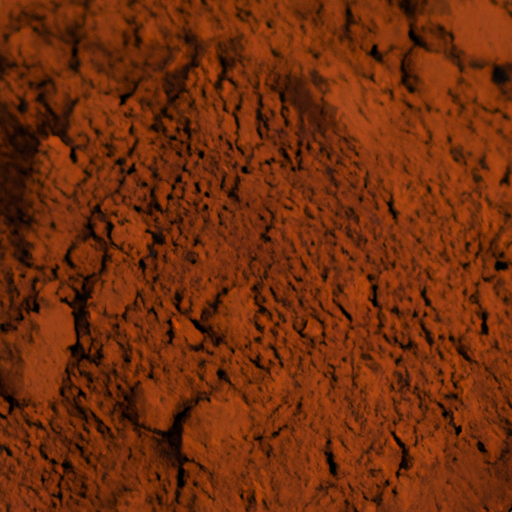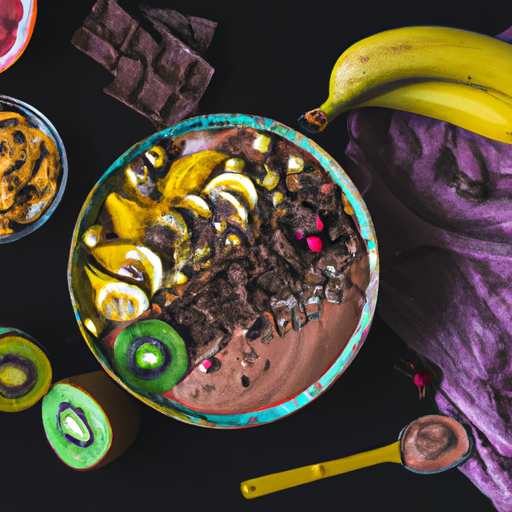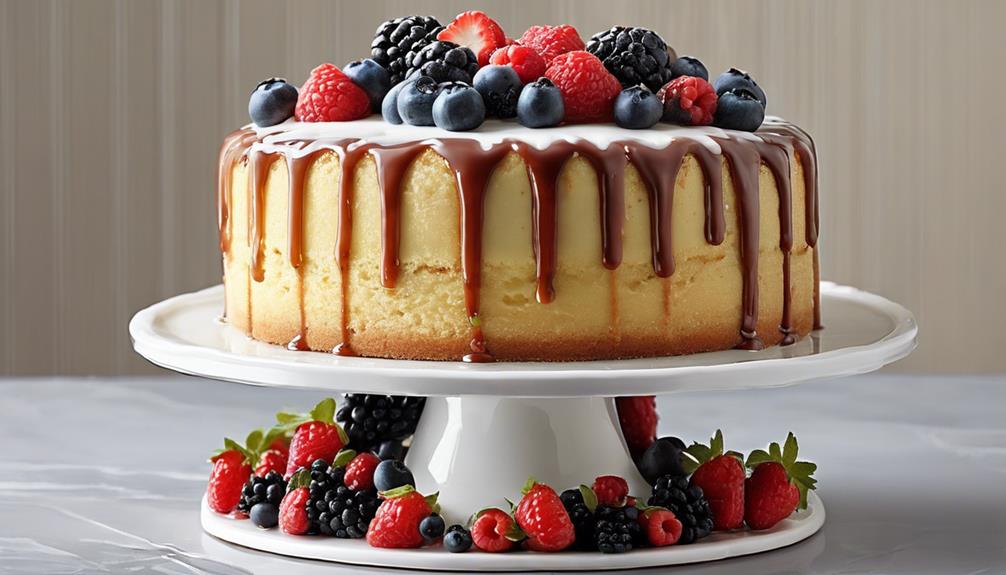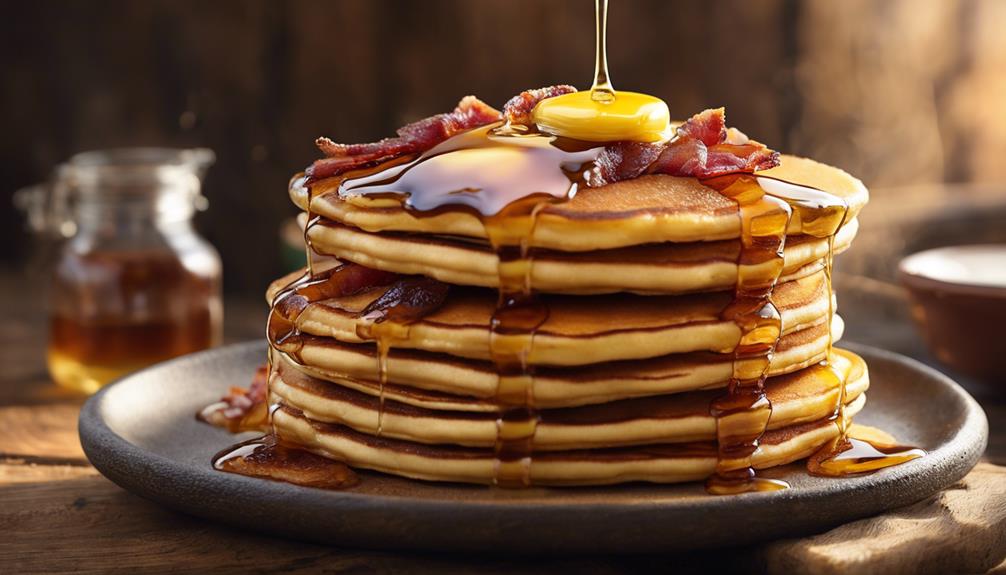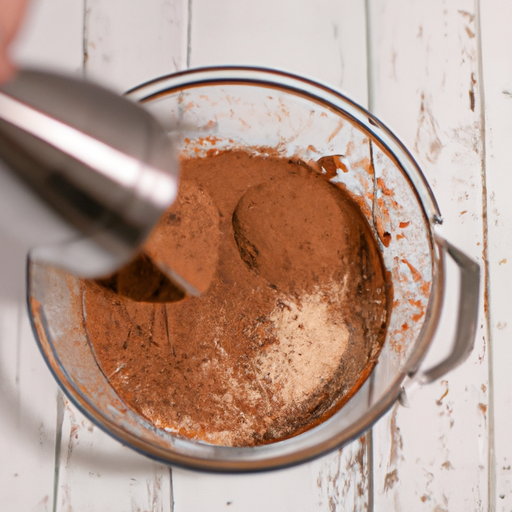Have you ever wondered how raw cacao powder is made? Well, get ready to embark on a journey of chocolatey delight as I take you through the fascinating process. Brace yourself for the secrets behind this heavenly ingredient that adds depth and richness to countless recipes.
From the harvesting of cacao pods to the finishing and packaging of cacao powder, each step is carefully executed to ensure the highest quality and taste. We’ll delve into the art of fermentation and drying, the sorting and roasting of cacao beans, and the grinding that transforms them into luscious nibs.
Witness the magic of pressing cacao liquor and the separation of cacao butter and powder. Along the way, we’ll also explore the importance of sustainability and fair trade practices in the cacao industry.
So, get ready to indulge your senses as we uncover the secrets of raw cacao powder and the meticulous craftsmanship behind its creation.
The harvesting of cacao pods is a meticulous process, requiring skilled farmers to carefully select and cut the ripe pods from the cacao trees.
To ensure the best flavor profile, farmers employ various harvesting techniques. They examine the color and size of the pods, as well as gently squeeze them to determine ripeness.
Once identified, the pods are cut from the trees using sharp knives or machetes. It is essential to cut the pods carefully to avoid damaging the beans inside.
After harvesting, the pods are transported to a designated area for fermentation and drying of cacao beans. This next step is crucial in developing the rich and complex flavors that cacao is known for.
Sorting and roasting of cacao beans are essential steps in the production of high-quality cacao powder. The first step involves carefully sifting through a variety of cacao beans, selecting only the best ones for the roasting process. Sorting techniques are used to evaluate the size, color, and overall quality of the beans. This meticulous process ensures that any defective beans or foreign particles are removed, guaranteeing a superior final product.
Once the beans are sorted, they are ready for roasting. Roasting is a critical step that brings out the rich flavors and aromas of the cacao beans. The duration and temperature of the roasting process significantly impact the taste of the final cacao powder. During this stage, the beans undergo chemical changes that result in the development of complex flavors.
As the cacao beans roast, their transformation sets the stage for the subsequent section on grinding cacao nibs.
To press the cacao liquor, you’ll need a hydraulic press that applies immense pressure to extract the rich, chocolaty essence from the finely ground cacao nibs. The pressing techniques used in this process help separate the liquid from the solid components of the cacao, resulting in a smooth and creamy texture.
Key Takeaways
- Raw cacao powder is made through a multi-step process involving harvesting and selection of ripe cacao pods, fermentation and drying of cacao beans, roasting and grinding of the beans, and pressing and separation of cacao liquor.
- The process of making raw cacao powder involves skilled farmers selecting and cutting ripe cacao pods using sharp knives or machetes.
- Fermentation of harvested pods develops flavors and removes bitterness, while drying the cacao beans prevents mold or bacteria growth.
- Roasting the sorted beans enhances flavors, grinding transforms them into smooth cacao nibs, and pressing separates the cacao liquor into liquid and solid components, which are further processed to obtain cacao butter and powder.
The Harvesting of Cacao Pods
Fermentation and Drying of Cacao Beans
In a tropical paradise, the cacao beans undergo a meticulous process of fermentation and drying. This process is essential for achieving the rich flavors and aromas associated with raw cacao powder. The cacao beans, still encased in their pods, are left to ferment for several days. This fermentation allows the beans to develop their complex flavors and removes any bitterness. Once the fermentation is complete, the beans are spread out to dry. This can be done by laying them on mats or patios, or even using specialized drying machines. The drying methods are crucial in preventing the growth of mold or bacteria while preserving the quality of the beans. Now that the beans have been fermented and dried, they are ready for the next step: sorting and roasting.Sorting and Roasting of Cacao Beans
Grinding of Cacao Nibs
Once sorted, the cacao beans are ready to undergo the transformative process of grinding into smooth and velvety cacao nibs. Grinding techniques vary, but the most common method involves using a stone grinder or a machine specifically designed for grinding cacao beans. The beans are ground until they reach a fine, powdery consistency. This grinding process helps release the natural oils present in the beans, giving the cacao nibs their rich and intense flavor. Additionally, grinding the beans also enhances the nutritional benefits of the cacao, as it breaks down the cell walls and makes the nutrients more accessible to the body. After grinding, the resulting cacao nibs are then ready for the next step of pressing into cacao liquor, where the true essence of chocolate begins to take shape.Pressing of Cacao Liquor
- The hydraulic press exerts pressure on the cacao nibs, forcing the natural oils and flavors to be released.
- The pressing time and pressure are carefully controlled to ensure optimal extraction of the cacao liquor.
- This step plays a crucial role in enhancing the flavor and aroma of the final product.
Separation of Cacao Butter and Cacao Powder
Now let’s dive into the fascinating process of extracting the velvety cacao butter and the flavorful cacao powder from the pressed cacao liquor. After the cacao liquor has been pressed, it goes through a separation process to obtain the cacao butter and cacao powder. This separation is achieved by applying mechanical pressure to the liquor, causing the fat in the cacao beans, known as cacao butter, to separate from the remaining solids. The resulting liquid is then passed through a series of filters to remove any remaining solids, resulting in pure cacao butter. The remaining solids are ground into a fine powder, which is what we know as cacao powder. Cacao butter finds various applications in the food industry, particularly in the production of chocolates and cosmetics. On the other hand, cacao powder is highly valued for its nutritional benefits, including being a rich source of antioxidants and minerals. With the extraction of cacao butter and cacao powder complete, we can now move on to the subsequent section about the finishing and packaging of cacao powder.Finishing and Packaging of Cacao Powder
Imagine yourself standing in a bustling factory, witnessing the transformation of rich, dark cacao into a fine, velvety powder that is carefully packaged and prepared for distribution. After the separation process, the cacao powder is further refined to enhance its texture and flavor. Once the desired consistency is achieved, the powder is transferred to the packaging area. The packaging design plays a crucial role in maintaining the quality and freshness of the cacao powder. Specialized packaging materials, such as airtight containers or pouches, are used to prevent moisture and oxygen from degrading the powder’s taste and aroma. Additionally, shelf life extension techniques, such as nitrogen flushing, are employed to further preserve the product. As the powder is meticulously packaged, it transitions into the subsequent section about quality control and testing, ensuring that every batch meets the highest standards.Quality Control and Testing
The quality control and testing process meticulously examines each batch of cacao powder to ensure it meets the highest standards for taste, texture, and freshness. This rigorous process involves several key steps:- Sensory evaluation: Trained experts evaluate the cacao powder’s aroma, flavor, and appearance to ensure it meets the desired sensory profile.
- Physical testing: The powder is tested for particle size, moisture content, and color to ensure consistency and quality.
- Chemical analysis: Samples are analyzed for various chemical properties, including fat content, pH level, and ash content, to ensure they meet specific standards.
Sustainability and Fair Trade Practices
Employing sustainable and fair trade practices in the cacao industry not only fosters ethical sourcing but also cultivates a thriving environment for farmers, nurturing a harmonious relationship between consumers and producers. Sustainable farming methods play a crucial role in ensuring the long-term viability of cacao production. These methods focus on preserving biodiversity, conserving water, and minimizing the use of agrochemicals. By adopting sustainable practices, cacao farmers can protect the land and maintain soil fertility, leading to healthier crops and increased yields. Ethical sourcing is another key aspect of sustainability in the cacao industry. It involves ensuring that farmers receive fair prices for their produce and are not exploited by middlemen. This not only benefits the farmers but also promotes social and economic development in cacao-growing regions. Overall, sustainability and fair trade practices are essential for the long-term success of the cacao industry.Frequently Asked Questions
Is raw cacao powder the same as cocoa powder?
No, raw cacao powder is not the same as cocoa powder. While both come from the same source, raw cacao powder is made by cold-pressing unroasted cacao beans, retaining more nutrients and antioxidants. It is commonly used in baking and smoothies.What are the health benefits of consuming raw cacao powder?
Consuming raw cacao powder offers numerous health benefits due to its high nutritional value. It is rich in antioxidants, which help fight free radicals and reduce inflammation. Additionally, it can improve mood, boost brain function, and support heart health.How does raw cacao powder differ from processed chocolate?
Raw cacao powder differs from processed chocolate in terms of its nutritional content. Raw cacao is minimally processed, retaining more antioxidants, minerals, and beneficial compounds compared to cocoa, which undergoes more processing, resulting in a lower nutrient content.Can raw cacao powder be used as a substitute for cocoa powder in recipes?
Raw cacao powder is a great substitute for cocoa powder in recipes. It offers a rich, intense flavor that enhances desserts and beverages. Plus, it has numerous health benefits and can be used in a variety of raw cacao powder recipes.What is the recommended daily intake of raw cacao powder for optimal health benefits?
The recommended daily intake of raw cacao powder for optimal health benefits varies, but generally 1-2 tablespoons is suggested. Consuming this amount can provide antioxidants, minerals, and other nutrients that support overall well-being.How is Raw Cacao Powder Made and Processed?
The benefits of raw cacao powder are abundant, and the production process is straightforward. Cacao beans are picked, fermented, and dried before being cold-pressed to separate the fat, resulting in cacao solids that are ground into a fine raw cacao powder.

